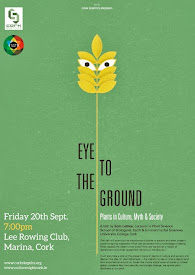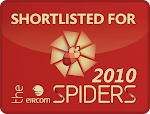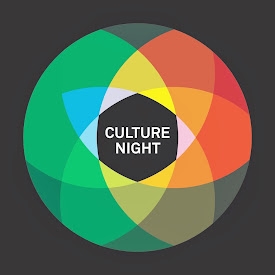Science points up but we still haven't got the point!
To name just a few: Biomedical Science (a joint UCC, CIT programme) has gone up to 410 points - a rise of 80 points on last year.
Biological & Chemical Sciences at UCC has gone up 25 points to 375. Biomedical Engineering at DCU has increased by 45 points; Manufacturing & Design Engineering at DIT is up by 75 points; as is Computing, also at DIT.
Despite all the talk of a decline in maths standards, Mathematics at TCD is up 70 points. Biotechnology at NUIG is up 40 points; Electronic Engineering at UL is up 60; and Medical Biotechnology at IT Sligo is up 40 points.
'the overriding theme...is for increases across the sciences'This is just a snapshot and a more complete analysis at a later date would be helpful. Needless to say though, the overriding theme of the cut-off points is for increases across most of the sciences.
Although there will undoubtedly be people who will be dissapointed today, with courses that would have been attainable in previous years moving beyond their reach, those who teach and promote science will be pleased.
Despite the arguments against the points system, it is fair because it treats everyone the same. It is a supply and demand system and the points today tell us that the average student about to pass through the college gates are (academically at least) of a higher standard than previous year's.
This doesn't mean they are going to make better third-level students however - perhaps they've scored higher because they've learned everything by rote and can't think for themselves? Neither does it mean they are going to make better scientists than previous cohorts.
What it does mean is that there is a greater interest in the sciences and that leaving cert students (and their parents!) are seeing the sciences as a real option for an interesting, rewarding and successful carreer.
The pillars of industry who have been wheeled out in recent weeks and months to scare kids into studying science will do absolutely nothing to encourage greater interest in sciences.
What is needed is the development of new and exciting curricula for the sciences at primary level throught to third level.
A report to the Nuffield Foundation in the UK by Jonathan Osborne and Justin Dillon of King's College London in 2008 made some very interesting points on this very subject.
In Science Education in Europe: Critical Reflections, the authors recommend that "The primary goal of science education across the EU should be to educate students both abouth the major explanations of the material world that science offers and about the way science works. Science courses whose basic aim is to provide a foundational education for future scientists and engineers should be optional".
'there should be two types of science course'In other words, there should be two types of science courses: one to teach everyone the basics of the scientific process and another to specifically train students to be working scientists.
Of course, this would free educators to use the first type of course to develop students with an appreciation and knowledge of the purpose, process and products of science; while reserving the detailed minutae for a later in-depth course.
Another outcome of the leaving certificate reuslts is the by-now-yearly 'Boys do better than girls' headline. I won't even begin to discuss this one but it may be interesting to look at some data from the above mentioned Nuffield Foundation report.
In a survey of schoolchildren in England, boys and girls were asked what they would like to learn about in science class. The top 5 from each camp proves, in pretty stark terms, that a catch-all approach, especially at junior levels, won't do.
Top 5 for Boys:
Explosive chemicals
How it feels to be weightless in space
How the atom bomb functions
Biological and chemical weapons and what they do to the human body
Black holes, supernovae and other spectacular objects in outer space.
Top 5 for girls:
Why we dream when we are sleeping and what the dreams might mean
Cancer- what we know and how we can treat it
How to perform first aid and use basic medical equipment
How to exercise the bodt to keep fit and strong
Sexually transmitted diseases and how to be protected against them

























2 comments:
Nice post Eoin, what age group are those top fives from?
Thanks Paudie,
The data are for schoolchildren aged 14-16 years.
Post a Comment